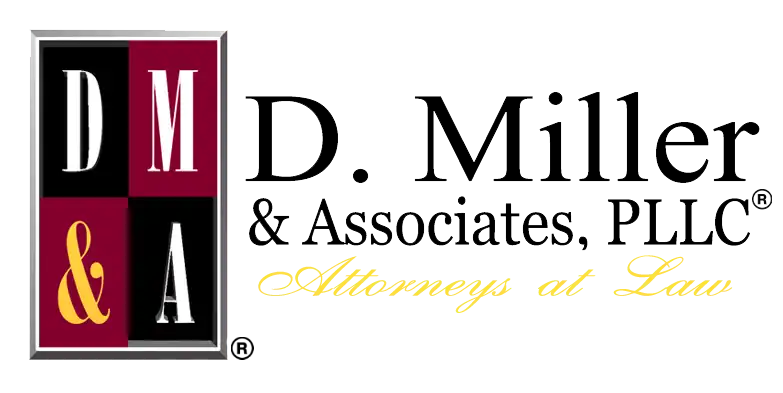Determining who is at fault in an accident if both drivers were backing up depends on various factors, including who had the right-of-way when the collision happened. Usually, the person with the right of way is whoever reversed first, whoever was legally in the right, or whoever was already in the flow of traffic.
However, if both drivers were backing up at the same time and neither had the right-of-way, other factors can help determine fault.
Whoever Has Right-of-Way Usually Determines Fault in Backing-Up Accidents
The right-of-way determines who has the right to move forward when two or more parties approach a common area. Even if both drivers were backing up at the same time, usually one driver had more right-of-way than the other. Here are some examples:
- One driver started to reverse before the other
- One driver was reversing legally (such as from a parking spot) while the other reversed illegally (such as on the main road)
- One driver entered the main flow of traffic before the other
It’s important to note that many factors could still affect liability in a car accident. A lawyer could help to determine who is at fault in your situation.
Fault in Backing-Up Accidents When Both Had the Right-Of-Way
Backing-up accidents can happen even when neither party has more right-of-way than the other. If both drivers leave the parking spot at the same time and don’t see each other before colliding, it’s not as if either driver had the right-of-way. Both drivers had a responsibility to avoid the accident. However, certain circumstances may make one driver more at fault than the other.
Proving Negligence in a Backing-Up Accident
Whether the accident happened because of a failure to yield the right-of-way or due to other circumstances, your attorney must prove with evidence that the other driver’s negligence caused the collision. Any of the following negligent actions could make a driver liable in a backing-up accident:
- If a driver was traveling at an unsafe or unreasonable speed when backing up
- If a driver failed to check if the road or parking lot was clear before reversing their vehicle
- If a driver was distracted while behind the wheel (e.g., talking on or looking at a cellphone while driving)
- If a driver was operating a vehicle under the influence of alcohol, prescription drugs, or illegal drugs
If any of these factors caused your accident, your legal team needs to use evidence to show the other driver was negligent when they hit you.
Strong Evidence Will Help Determine Liability in Your Accident
An attorney can collect evidence to support your case. You can also share the evidence you gathered from the accident scene with your legal team. Examples of evidence that could be used in your case include:
- Photographs from the accident scene, including of your injuries and vehicle damage
- Witness statements that support your claims
- Surveillance, traffic cam, or dash cam footage showing how the collision occurred
- Medical records and testimony from your physician about the nature of your injuries
- The police report and copies of any citations
Having evidence helps adjusters and courts determine who is at fault in an accident in which both drivers were backing up. Even if you know you weren’t at fault, it needs to be clear to those who make the decisions about your case.
How an Accident Attorney Can Help You Determine Fault for Your Case
You could file an insurance claim or lawsuit to recover financial awards from the other driver in your backing-up accident. This financial award can help you cover your medical bills, property damage, and other accident losses.
For some, hiring an attorney can make this process easier. Your legal team should keep track of filing deadlines and requirements, and they should help you create a strong case by collecting and analyzing the evidence. Ideally, your legal counsel negotiates on your behalf to take the bulk of responsibility off of your shoulders.
Your Lawyer Can Assess Your Damages to Determine a Settlement Value
An injury lawyer can review your economic and non-economic damages so you know how much you can request from the other driver’s insurance. Damages are the losses you experience because of the accident.
Economic (financial) damages often include:
- Medical bills (emergency care, medications, surgeries, etc.)
- Rehabilitative care (physical therapy)
- Lost income, wages, and benefits
- Lost or reduced income if you cannot work after your accident or must change jobs
- Vehicle damage (including the repair or replacement of your vehicle)
- Other collision-related expenses, such as the cost of using a rental car or public transport
Our backing-up accident attorney can also help you evaluate non-economic losses. These damages do not have a documented dollar amount, but they are still significant losses that affect your quality of life. An attorney working on your case could seek the following for you:
- Pain and suffering
- Mental anguish
- Emotional distress
- Loss of companionship
- Loss of enjoyment of life
After Your Backing-Up Accident, Call D. Miller & Associates, PLLC®
Our firm represents clients who have suffered injuries and losses in car accidents. Our legal professionals can work on your behalf to hold the driver who backed into you accountable and pursue monetary damages. Call us today for a free consultation.

